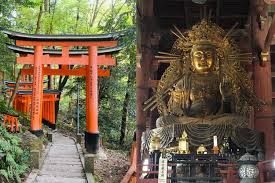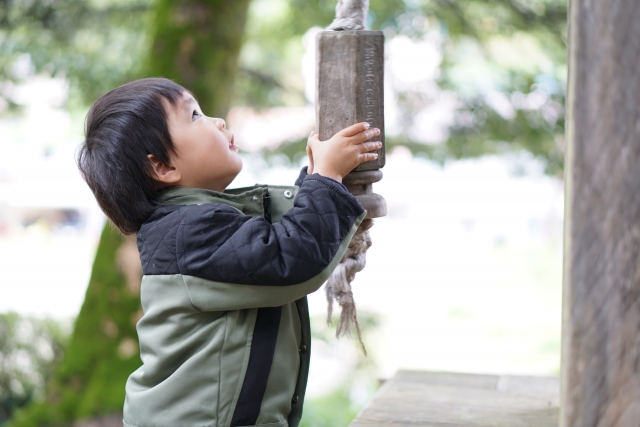Buddhist statues in Japan
Buddhist statues in Japan The most common religions in Japan are Buddhism (Buddhism-Buddhism) and Shinto (believers-Shinto). In Japan, Buddhism and Shinto are basically combined.
However, Japanese religion has become more cultural and most people only consider themselves Buddhists from tradition. This means that they know little about their professed beliefs and rarely practice religion.
Most Japanese visit a shrine (shrine-shrine) once a year to celebrate the New Year or to celebrate a new car. Most of the younger generation decided to consider themselves agnostic or atheist.

Click here to learn Japanese language with the best one-on-one Japanese tutoring lessons in online.
Regarding Japanese religion, there is an idea to grasp the characteristics of Japanese people depending on whether they are non-religious or natural religion. From another point of view, even Japanese who are not familiar with “religion” itself are familiar with “something like religion” in many ways.
For example, Confucianism. Courtesy of Japanese value. A bow that seems to be strongly influenced by Confucianism. Also, Japanese use honorifics.
Even junior high school students, high school students, and university students value the introduction of their eldest daughter, so the wording of seniors and juniors is very different. Respecting gratitude for the dead is also a characteristic of Confucianism.
Funerals and grave visits were said to be Buddhist territories, but in fact it can be said that the influence of Confucianism is also added. Whether Confucianism is a “religion” depends on how it is defined as “religion,” the “life” of “heaven,” that is, the continuity of life that is passed down from ancestors to offspring.
And it depends on respecting the ritual. We are in a position to look at religion in respecting the sacred order.
In East Asia, the word “road” is considered a “religion” of Western origin. For the Japanese in the 17th and 18th centuries, both Buddhism and Confucianism taught people the “way.”
Related article:










